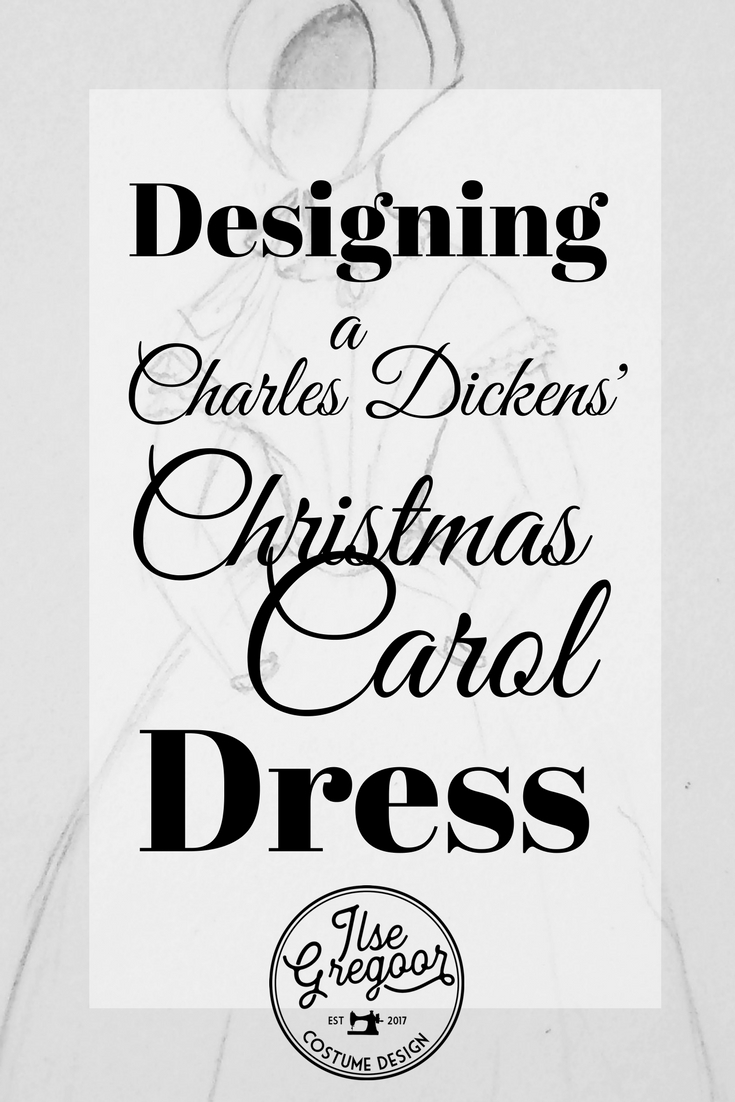Designing a Charles Dickens’ Christmas Carol Dress
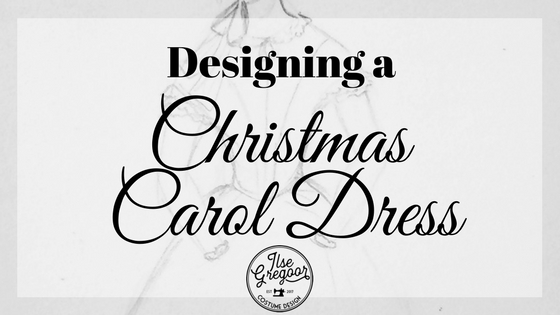
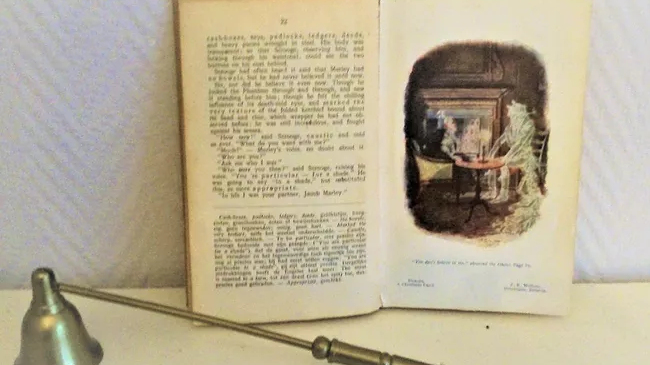
Dickens wrote A Christmas Carol in 1943. the complete title back then was A Christmas Carol in Prose: Being a Ghost Story of Christmas. It was published on the nineteenth of december, and apparently it was sold out by the twenty-second. So even back then it was quite popular. So when I decided a few weeks ago that I wanted to make a Christmas costume, I immediately knew I wanted it to be a dress from 1843.
The first thing with designing a historical dress is always to make sure you achieve the perfect silhouet. So to make sure I do, I like to start my designing proces with the structural undergarments. For the corset i found a pattern in Corsets and Crinolines by Norah Waugh. It is still shaped with gussets at the bosom and hips, but it doesn’t have straps like in the previous periods.
Next are the undergarments for the skirt. Many people immediately associate this period with a cage crinoline. But the fact is, those only came into fashion about a decade later. During the 1840’s they weren’t actually used yet. So how do you get that wide skirted silhouet? Firstly, by wearing lots of skirts over each other. There are accounts of ladies wearing as many as ten skirts at the same time. But most importantly by wearing a petticoat made of horsehair. A fabric was made by weaving with the tail hairs of horses. The hose hair makes the fabric very stiff, giving the skirt some body.
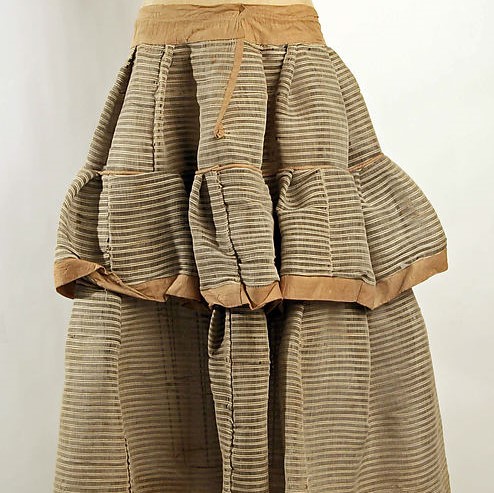
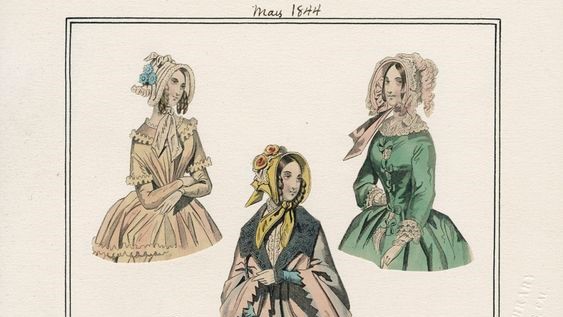
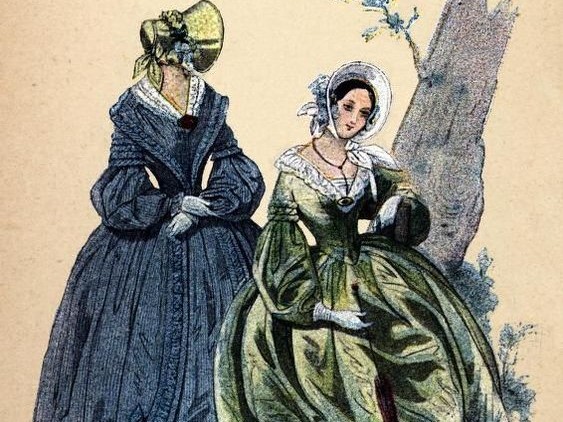
My first design had a little puff on the bottom of the sleeve, like in the picture above. But in my research I found out that this style was popular in 1839-1840, but by 1843 had become quite old fashioned.
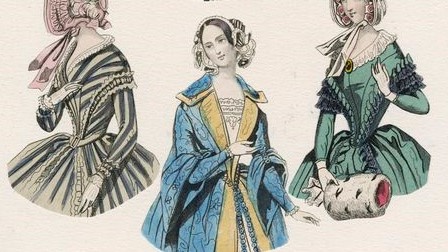
Then I saw this fashion plate with bodices from
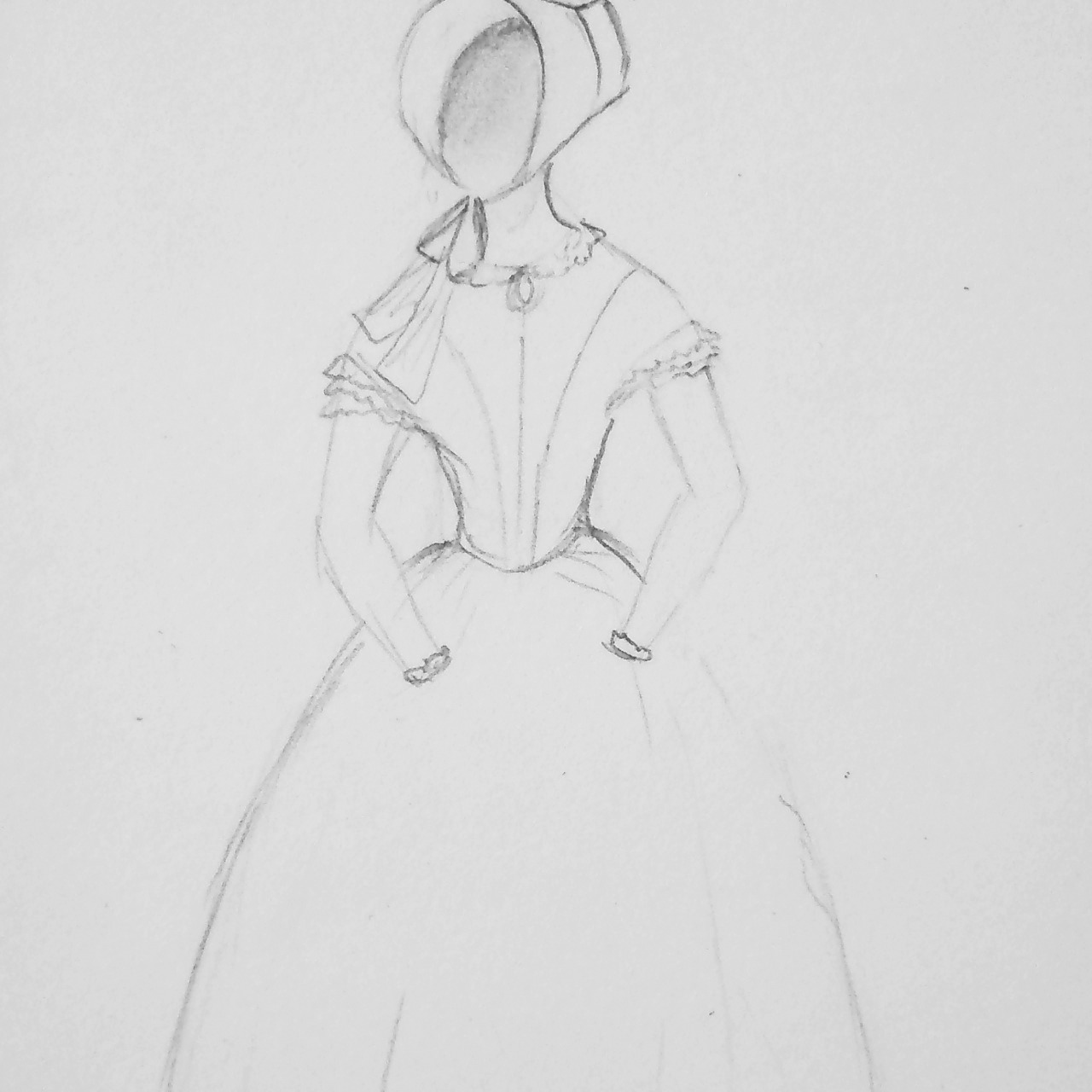
So this became my final design. Unfortunately, this dress won’t be finished before Christmas, since that is already in two days. Doesn’t time fly? But it is a nice dress to work on during the holiday season and I hope we have a few more snowy days in January or February, so I can take some wintery pictures once this dress is finished.
If you have any winter or holiday costumes you would like to share, please join my pinterest costumers group board. And if you want to keep up to date on this costume and my other projects, please subscribe to my email newsletter.
Have a merry Christmas and a happy new year.
